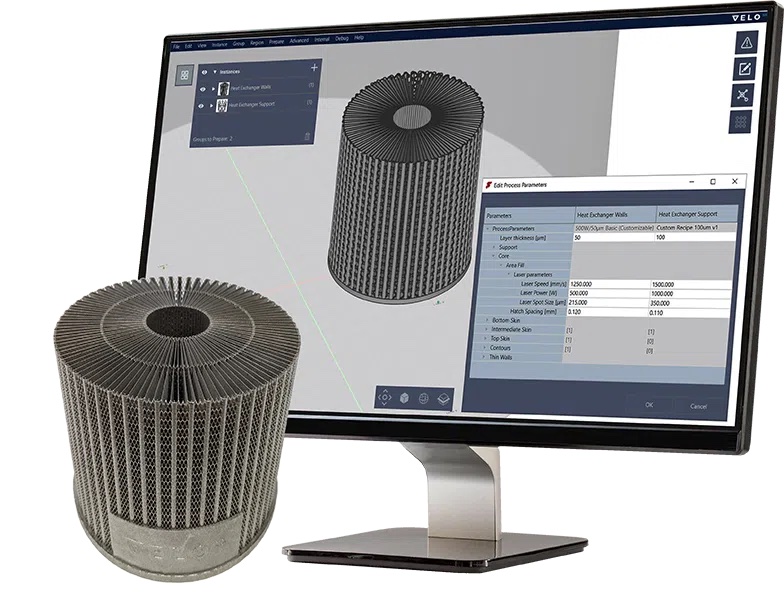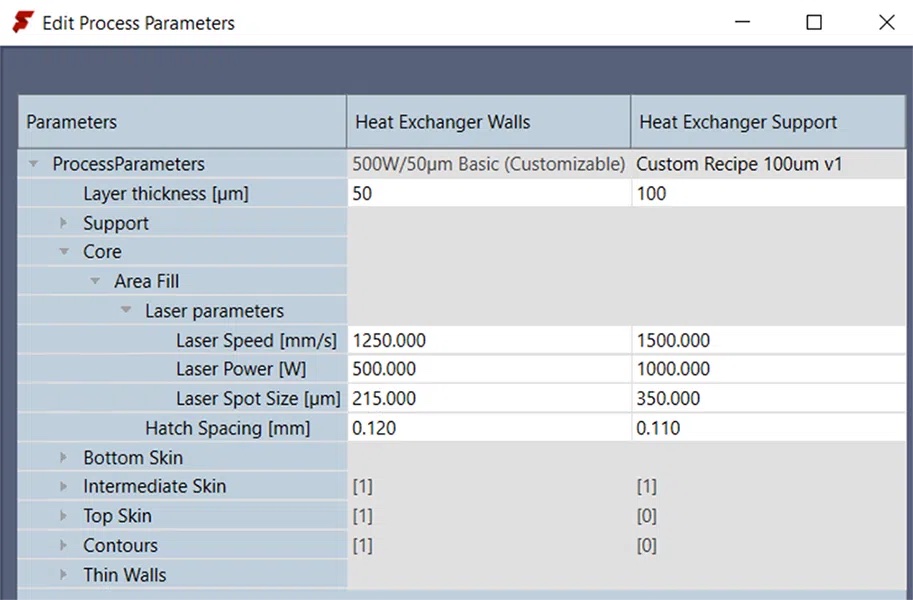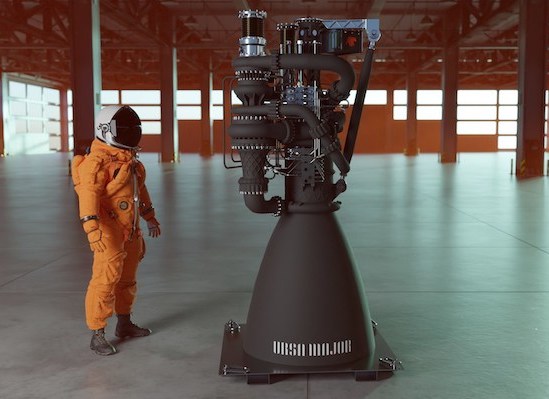Metal 3D printing company Velo3D has announced the launch of Flow Developer, a new tool that offers full control of 3D printing parameters within the company’s Flow print preparation software.
Flow Developer allows users to input existing parameters they have developed on other systems, or create new parameter sets from scratch. Laser powder bed fusion (LPBF) 3D printing parameters include layer thicknesses, support structures, lattices, laser power, laser scan speed, laser spot size, hatching spacing, and scanning strategies (the laser scanning pattern on each layer). Such variables are key to determining the final properties of metal 3D printed parts.
Velo3D’s new offering simplifies the process of migrating existing additive manufacturing parameters into Velo3D technology, which includes its LPBF Sapphire 3D printers.
“Velo3D’s mission has always been to provide an additive manufacturing solution that delivers repeatability from machine to machine, which is still a big shortcoming with legacy metal 3D printers. Previously, we did this by providing pre-defined parameters within the system, which left customers wanting to know what’s inside our ‘black box’ and looking for more flexibility.” explained Brad Kreger, CEO of Velo3D.
Velo3D’s new tool is available now with Flow 7.0, the latest version of the company’s 3D print preparation software. This digital platform allows engineers to directly import and edit CAD files, which can then be prepared for 3D printing. Flow incorporates a library of standardized 3D print parameters. Once a design has been uploaded, the software applies the best-suited parameters to the model. This ensures that the resulting 3D printed part is repeatable, and possesses consistent material properties.
Flow Developer has already generated interest from within the industry, having been made available to select company’s prior to its official release. This includes US-based rocket engine manufacturer Ursa Major, which has now gone on record as a Velo3D customer for the first time.
By leveraging this new tool, early-access customers have reportedly succeeded in scaling up the production of parts, easily shifting their projects from development to production.
“When you combine Flow Developer with our ability to produce identical parts using the same print file, we strike the perfect balance between usability, repeatability, and flexibility,” Kreger added.

Flow Developer adds to Velo3D’s metal AM portfolio
Flow Developer allows 3D print parameters to either be inputted manually or copied and pasted directly from external data management software such as JMP or Microsoft Office.
The parameters can then be sent directly to a Velo3D Sapphire 3D printer, which will fabricate the final metal component. Custom 3D print parameter sets can also be saved and exported, allowing them to be reused in later 3D print jobs or shared with other Flow users.
The Flow Developer tool has now been added to Velo3D’s end-to-end additive manufacturing solution that combines its Flow software, Sapphire 3D printers, and Assure quality assurance software. Assure monitors the metal 3D printing process layer by layer, detecting any defects in real-time and providing quality control and build report summaries.

Flow Developer adopted by Ursa Major
According to Velo3D, early-access customers, such as Ursa Major, have successfully used Flow Developer to directly transfer custom 3D printing parameters into Velo3D’s additive manufacturing technology.
“It can be a challenge to produce repeatable results across different metal 3D printers—even when they’re the same model of printer – however, Velo3D’s solution can consistently produce parts within spec across any of its printers, which provides huge benefits for companies looking to scale production of their parts,” stated Ursa Major’s Additive Manufacturing Manager Thomas Pomorski.
Pomorski noted the ease at which Ursa Major transferred externally developed 3D print parameters into Flow Developer, with the goal of scaling the production of its 3D printed parts.
“On our first try, we imported a part with highly complex, sensitive features and achieved incredible results that were within specification,” added Pomorski. “Since then, we’ve accomplished the same process with other parts and in some cases, have been able to reduce print time by nearly 50% without sacrificing accuracy or quality.”
The rocket manufacturer is a long-time adopter of metal 3D printing. A recent report from Reuters indicated that the US Department of Defense (DoD) will award the firm with a contract for the production of 3D printed rocket motors. This decision comes as the Pentagon faces increased demand for solid-fuel rocket engines to propel its missile systems, amid the ongoing conflict in Ukraine.
Previously, Ursa Major has been active in the production of propulsion systems for space rockets. In 2022, the company announced the launch of its 3D printed ‘Arroway’ liquid rocket engine, designed to replace the Russian-made RD-180 and RD-181 which can no longer be used by US space launch firms.

Developments in 3D print preparation software
Velo3D’s Flow Developer software is the latest metal 3D printing preparation tool to hit the market.
Last year, Berlin-based software company 1000 Kelvin announced the full commercial launch of its AMAIZE AI-driven 3D printing software. Utilizing physics informed AI technology, AMAIZE creates optimal 3D print recipes which ensure accurate 3D printing from the first attempt.
Once a 3D print file has been uploaded to the AMAIZE cloud, the software analyzes the part and automatically optimizes 3D printing process parameters to address any potential thermo-mechanical issues. This approach is said to eliminate the need for expensive finite element simulation software and minimize the number of physical iterations, reducing material waste, costs, and energy usage.
The Amaize platform has also been integrated into metal 3D printer manufacturer EOS’s 3D printing software suite, optimizing production workflows and improving engineering efficiency. The companies hope that this integration will reduce engineering costs by up to 80%.
Elsewhere, 3D printing software developer Dyndrite announced VIP Onboarding for its Dyndrite LPBF Pro software. Designed to enhance Laser Powder Bed Fusion 3D printing capabilities, this software is advertised as improving part 3D printing capabilities, faster build rates, enhanced cost savings, and scaling production.
Dyndrite LPBF Pro is said to provide users with “unmatched control” over the metal 3D printing process, simplifying 3D printing preparation in the process. It also integrates with various metal 3D printers including Aconity3D, Renishaw, SLM Solutions, and other leading models.
What does the future of 3D printing hold?
What near-term 3D printing trends have been highlighted by industry experts?
Subscribe to the 3D Printing Industry newsletter to keep up to date with the latest 3D printing news. You can also follow us on Twitter, like our Facebook page, and subscribe to the 3D Printing Industry Youtube channel to access more exclusive content.
Are you interested in working in the additive manufacturing industry? Visit 3D Printing Jobs to view a selection of available roles and kickstart your career.
Featured image shows Velo3D Flow Developer user interface and 3D printed part. Image via Velo3D.


